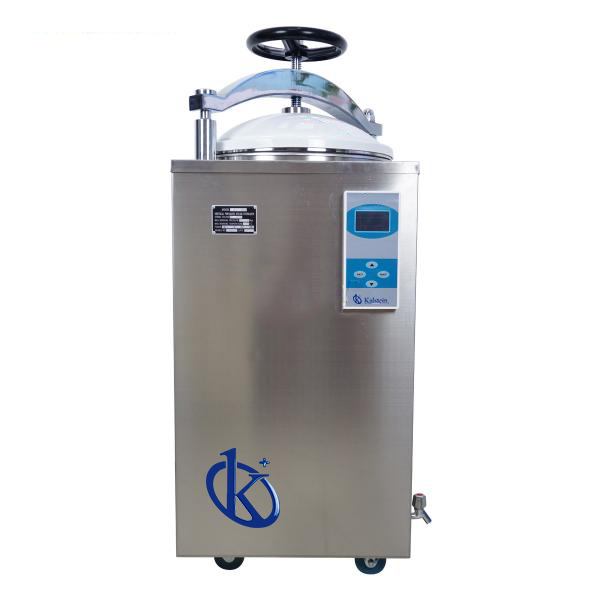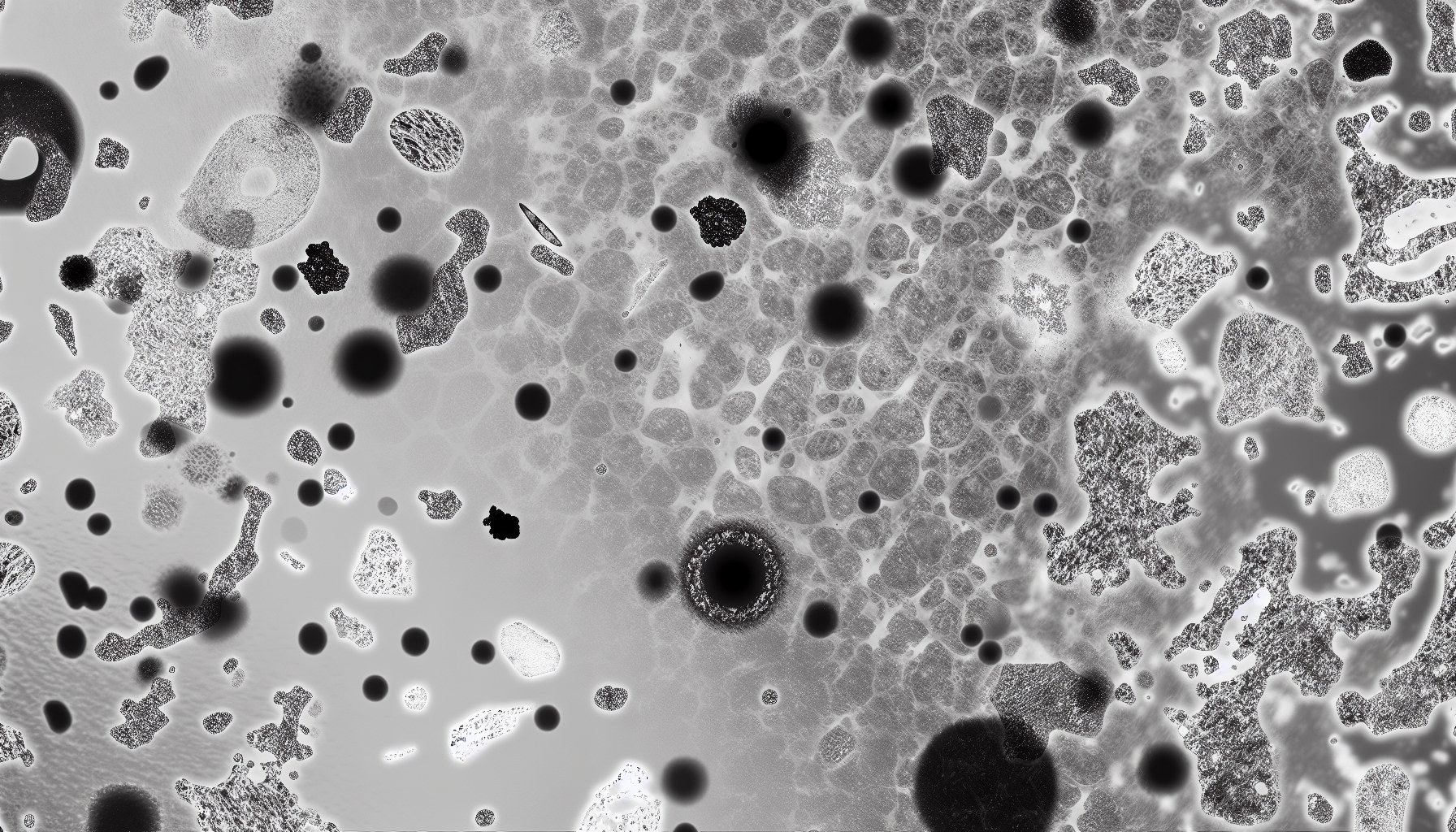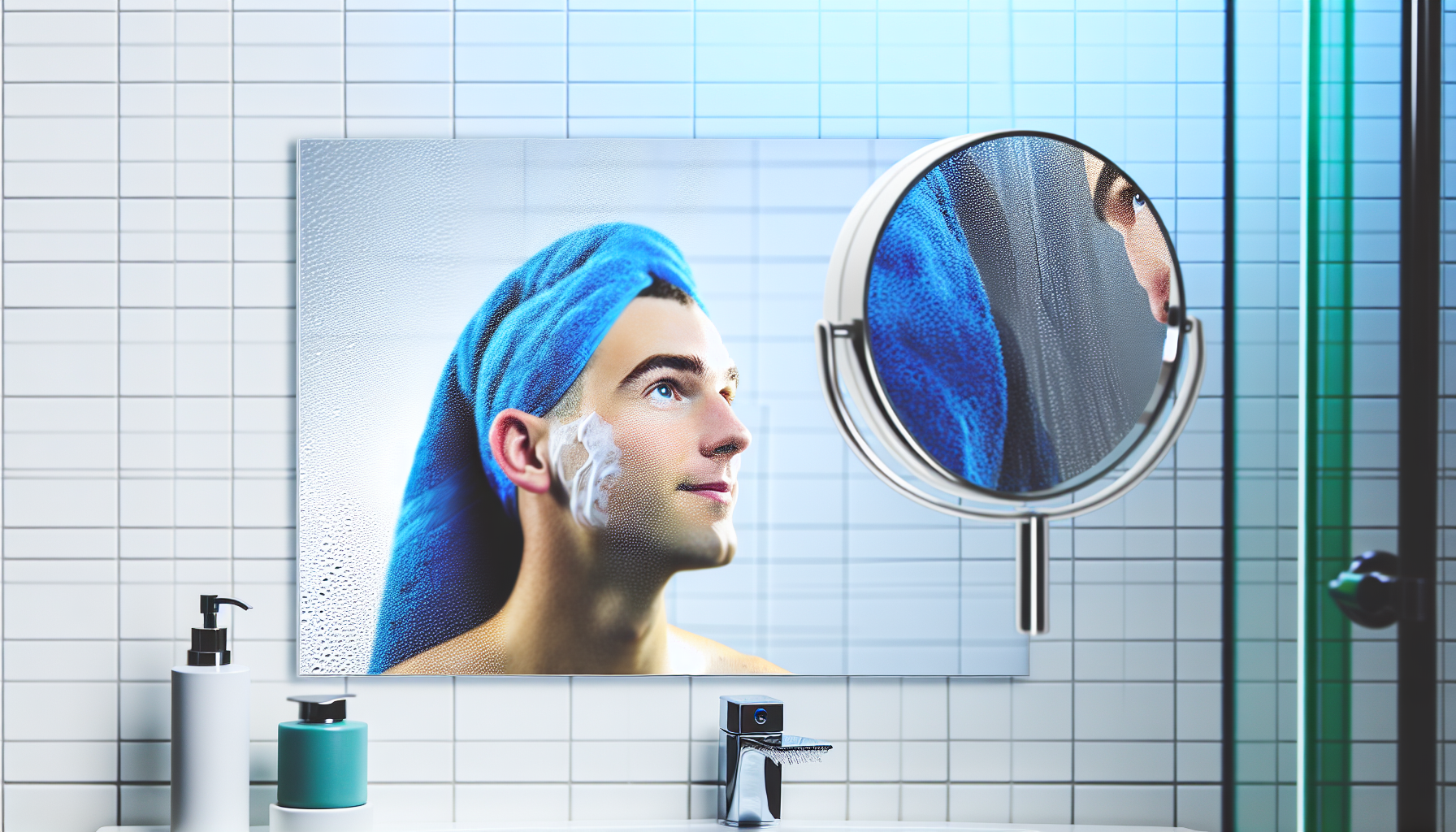Safety and efficiency in veterinary clinical procedures are essential pillars for the success of any medical practice in animals. In this context, veterinary autoclaves have become an essential piece of equipment to ensure the correct sterilization of instruments and materials used in surgeries, consultations, and treatments.
In this article, I want to share my experience with veterinary autoclaves, highlighting the features that make them so valuable, the different models available, and how they compare to other products on the market.
If you are looking for a blend of innovation and quality, you have come to the right place. At https://kalstein.co.uk/category-product/veterinary-sector/veterinary-autoclave/, we offer the luxury of exploring our exclusive laboratory equipment catalog. We manufacture each device with a level of excellence. Our online shopping channels are intuitive and agile, designed for your convenience, ensuring the most friendly prices. Don’t wait any longer; we bring science to life—join our community now. https://kalstein.co.uk/
Veterinary Autoclaves, Kalstein Brand
Over the years, I have had the opportunity to test various sterilization equipment, and I can affirm that Kalstein’s veterinary autoclaves stand out for their quality and durability. These devices are specifically designed to meet the needs of the veterinary sector, where sterilization is not just a standard but a priority. One of the key points I’ve noticed is their ease of use, allowing animal health professionals to focus more on medical procedures and less on the logistics of the equipment.
The design of Kalstein autoclaves is aimed at providing reliable performance in veterinary clinical environments. The user interface is intuitive, making operation easy even for those with little experience with such equipment. Additionally, they feature a safety system that ensures the protection of both the equipment and the user, a crucial factor when dealing with equipment that handles high temperatures and pressure.
Features of Veterinary Autoclaves
One of the main features that distinguish veterinary autoclaves is their versatility. Whether your clinic specializes in small or large animals, these autoclaves come in different sizes and capacities to meet diverse sterilization needs. They feature automatic sterilization cycles that can be customized according to the type of material being sterilized, optimizing the process and ensuring thorough cleaning without damaging delicate instruments.
Moreover, these veterinary autoclaves are equipped with highly precise temperature and pressure control technology, ensuring uniform sterilization in every cycle. This not only guarantees the elimination of pathogens but also preserves the integrity of the sterilized materials. Another significant feature is the speed with which these autoclaves complete their cycles, enabling a more efficient workflow within the clinic.
Different Types or Models of Veterinary Autoclaves
Kalstein offers a range of veterinary autoclave models tailored to different needs and budgets. The more compact models are ideal for small or mobile clinics, where space and portability are essential factors. These autoclaves, despite their reduced size, do not compromise the quality of sterilization and provide reliable performance.
On the other hand, the larger capacity autoclaves are designed for veterinary hospitals or clinics with a high patient volume. These models allow for sterilizing a greater number of instruments in less time, optimizing clinic operations. Additionally, some advanced models offer additional features such as automatic documentation of sterilization cycles, facilitating compliance with health regulations.
Why Do Veterinary Autoclaves Have These Prices?
Veterinary autoclaves, like any specialized medical equipment, can have a considerable cost, but this is justified by several key factors. Firstly, the sterilization technology used is highly precise, ensuring the elimination of pathogens in all cycles. The investment in research and development to ensure these devices meet safety regulations is another factor that influences the price.
Moreover, the durability and resistance of the materials used in the manufacturing of autoclaves also affect the cost. These devices are designed to withstand intensive use in clinical environments, meaning they are built to last many years with minimal maintenance. The capacity of the larger models also impacts the price, as they allow sterilizing a higher volume of instruments, resulting in greater operational efficiency for the clinic.
Comparison of Veterinary Autoclaves with Similar Products
When comparing Kalstein’s veterinary autoclaves with other competitors on the market, such as Tuttnauer, Steris, and Midmark, several key differences can be highlighted. Tuttnauer is known for its long history of manufacturing autoclaves, and its equipment is robust and reliable. However, I have noticed that Kalstein autoclaves offer greater customization in sterilization cycles, which is a significant advantage when it comes to sterilizing different types of materials in a veterinary clinic.
On the other hand, Steris offers a range of autoclaves aimed at large hospitals, and while they are of excellent quality, their price tends to be higher than Kalstein’s models, which may not be ideal for veterinary clinics with tighter budgets. Finally, Midmark offers compact and portable autoclaves, but they do not have the same advanced capabilities in terms of temperature and pressure control as Kalstein autoclaves, which can be a drawback for clinics that need to sterilize more delicate equipment.
Pros and Cons of Veterinary Autoclaves
|
Pros |
Cons |
|
Advanced temperature control technology |
Some models may be expensive |
|
Variety of sizes and capacities |
Require adequate space for installation |
|
Fast and efficient sterilization cycles |
Specialized maintenance may be necessary |
|
Intuitive user interface |
Larger capacity models are not portable |
|
High durability and resistance |
|
|
Adaptability to different materials |
|
|
Automatic sterilization cycle documentation |
|
|
Compliance with health regulations |
Benefits of Using These Veterinary Autoclaves
One of the biggest advantages of using veterinary autoclaves is the peace of mind they provide regarding the safety and sterilization of clinical instruments. We know that proper sterilization is essential to prevent infections and ensure the well-being of animal patients. These autoclaves enable an efficient sterilization process, minimizing the risk of cross-contamination and maximizing operational efficiency.
Another notable benefit is the autoclaves’ ability to adapt to a variety of materials, ensuring that both metal instruments and textiles and plastics can be sterilized without risk of deterioration. Moreover, the ability to customize sterilization cycles allows for the proper treatment of each type of equipment, which is crucial in a dynamic clinical setting.
Other Advantages of Veterinary Autoclaves
In addition to technical benefits, I have noticed that veterinary autoclaves come with excellent after-sales support. Having access to technical assistance and specialized maintenance ensures that the equipment works correctly throughout its useful life.
Their energy efficiency also stands out, as these autoclaves are designed to minimize energy consumption during sterilization cycles, reducing long-term operating costs.
References from Some Users About Veterinary Autoclaves
Several colleagues in the veterinary field have shared their positive experiences with Kalstein autoclaves. Many agree that these devices offer the perfect balance between quality and price, making them an attractive option for clinics of all sizes.
Additionally, users highlight the ease of use and the speed of sterilization cycles as key aspects that have allowed them to improve the efficiency of their clinics.
Frequently Asked Questions
What is the capacity of veterinary autoclaves?
Kalstein veterinary autoclaves come in different capacities, from compact models to large equipment for clinics with a high volume of procedures.
How long does a sterilization cycle take?
Depending on the model and the material being sterilized, sterilization cycles can last between 15 and 45 minutes, allowing for rapid equipment rotation.
Is it easy to use for inexperienced staff?
Yes, the autoclaves are designed with an intuitive interface that makes them easy to use even for staff with little experience with sterilization equipment.
What type of maintenance is required?
Kalstein autoclaves require minimal maintenance, but periodic inspections are recommended to ensure optimal performance.
Are they compliant with health regulations?
Yes, these autoclaves meet all current health regulations, ensuring their use in any clinical environment.
How do they compare to other autoclaves on the market?
Compared to brands like Tuttnauer and Steris, Kalstein autoclaves offer excellent value for money, with advanced technologies at a more affordable cost.
Final Recommendations on These Veterinary Autoclaves
After testing different models and analyzing the advantages of Kalstein’s veterinary autoclaves, I can recommend these devices to any veterinary clinic looking to improve its operational efficiency without compromising the quality of sterilization.
Their ease of use, combined with the advanced technology they employ, ensures that clinical procedures are carried out safely and effectively, resulting in a safer environment for both professionals and animal patients.




